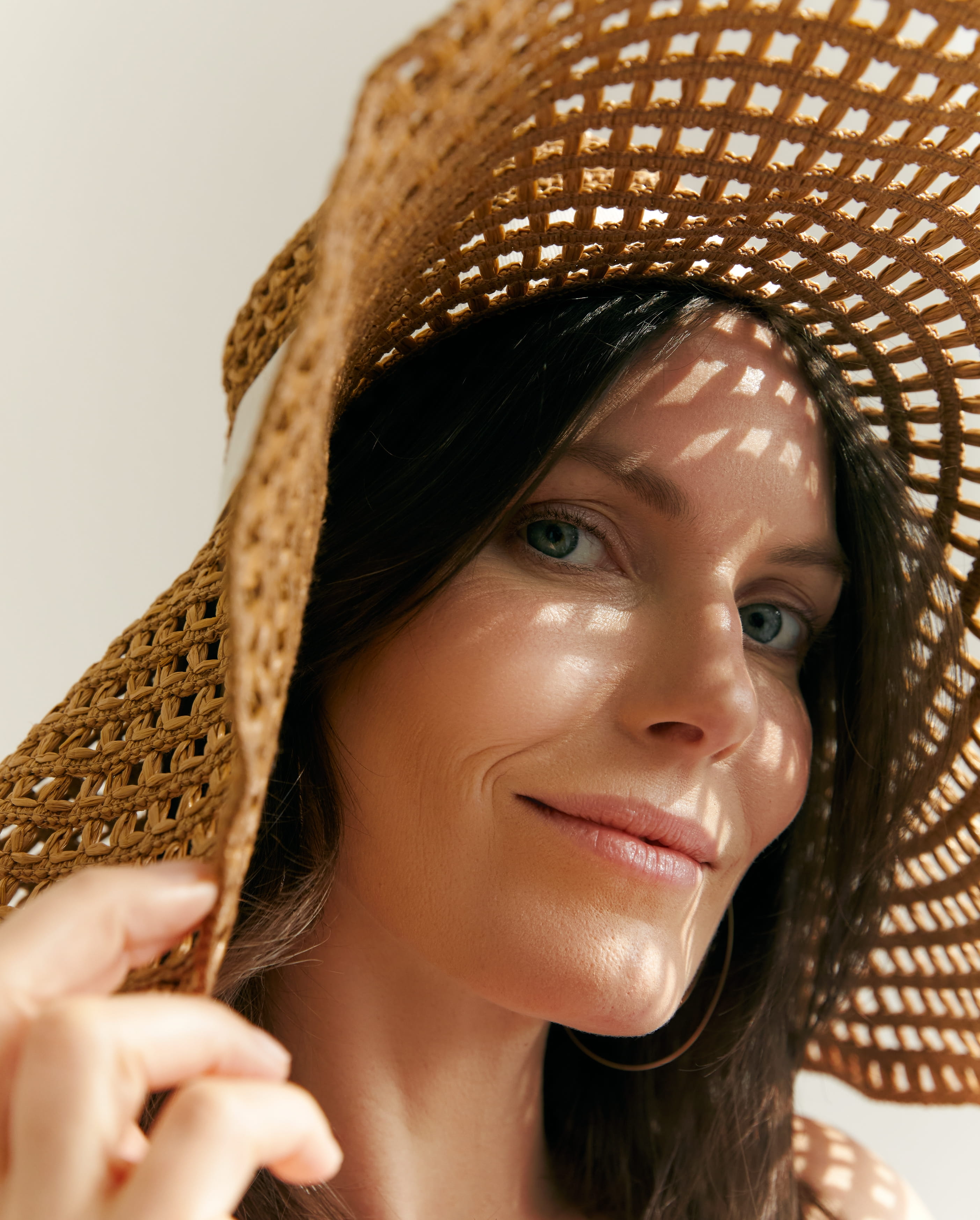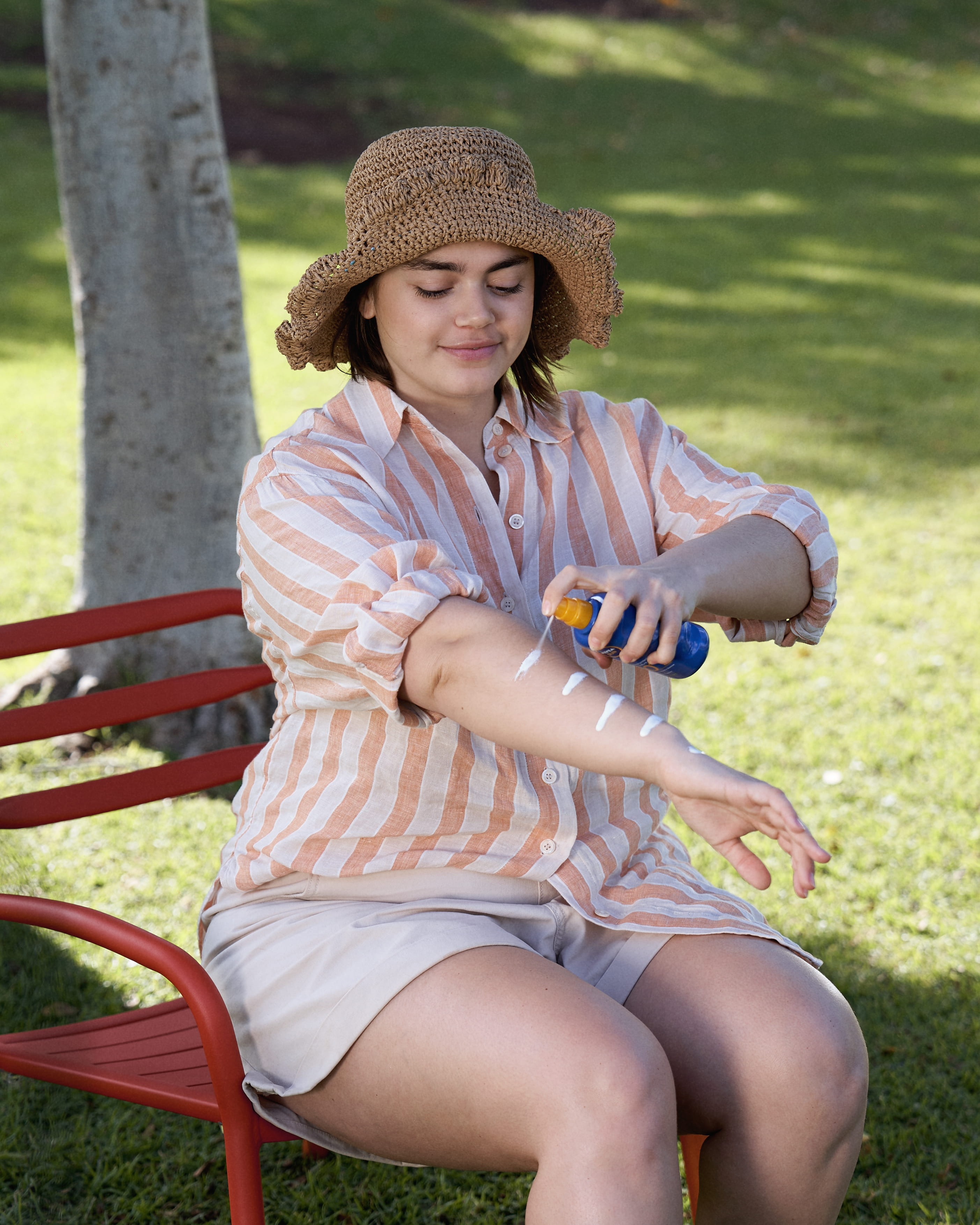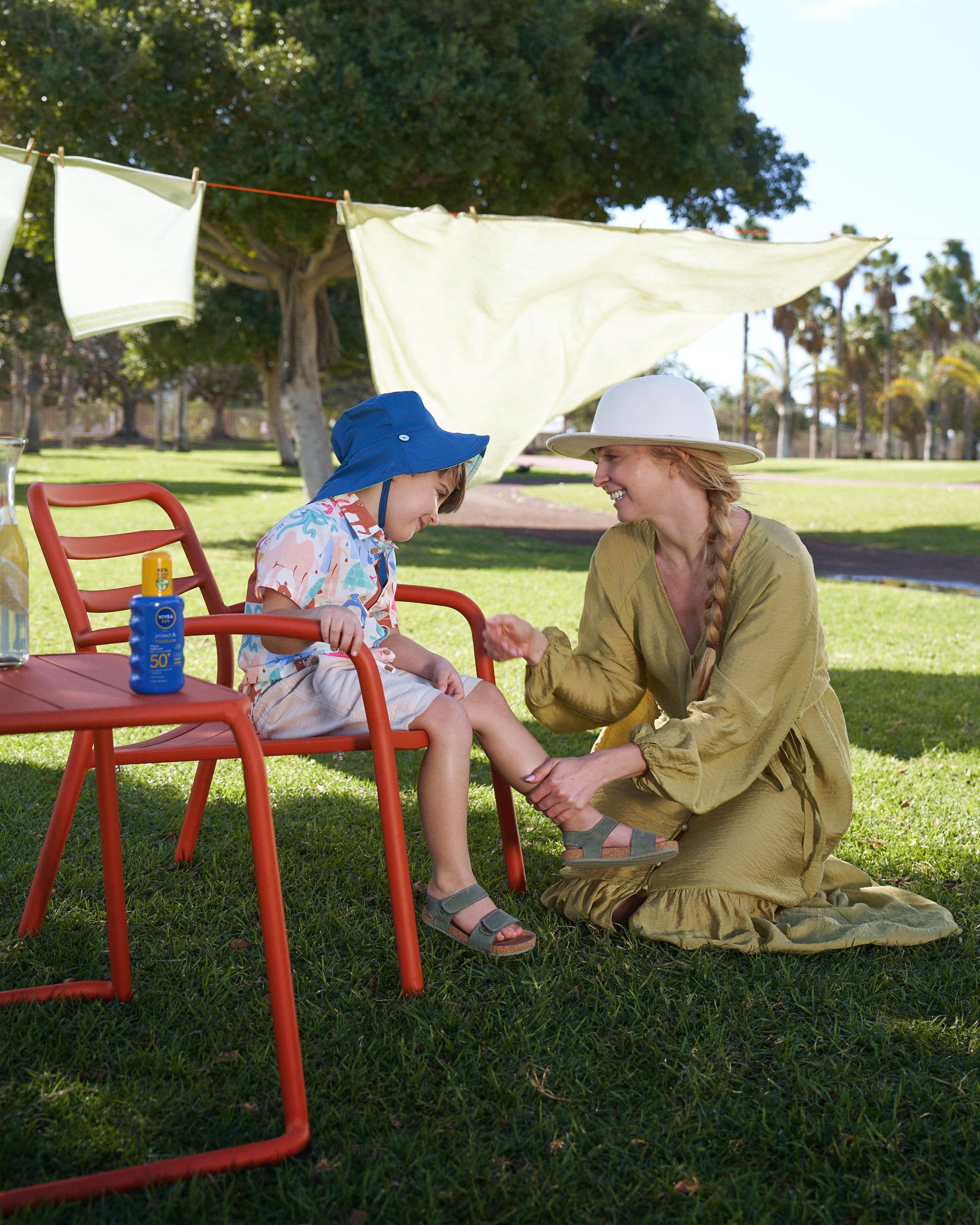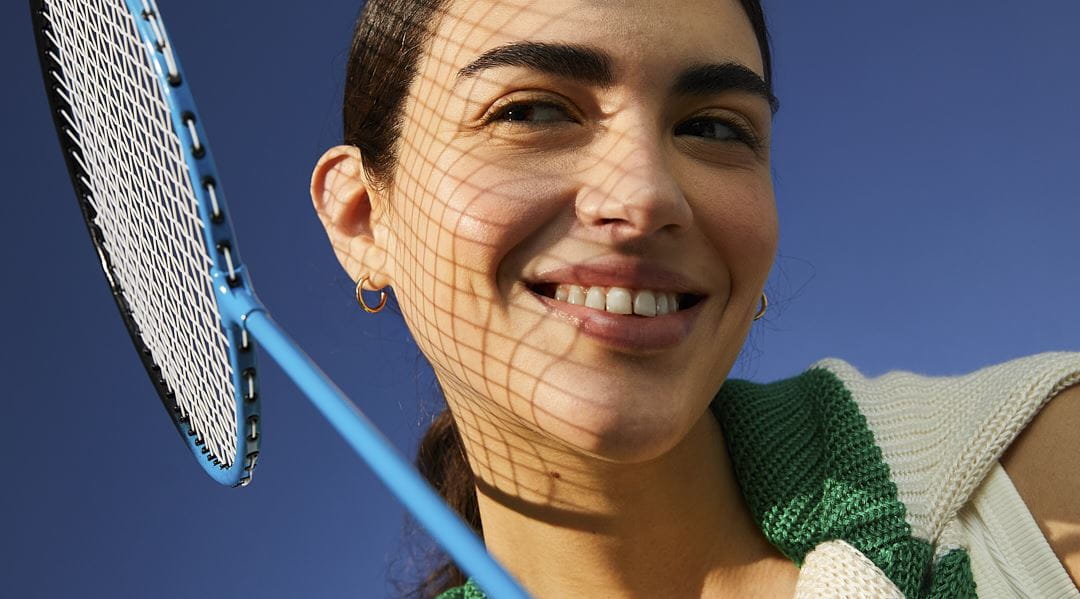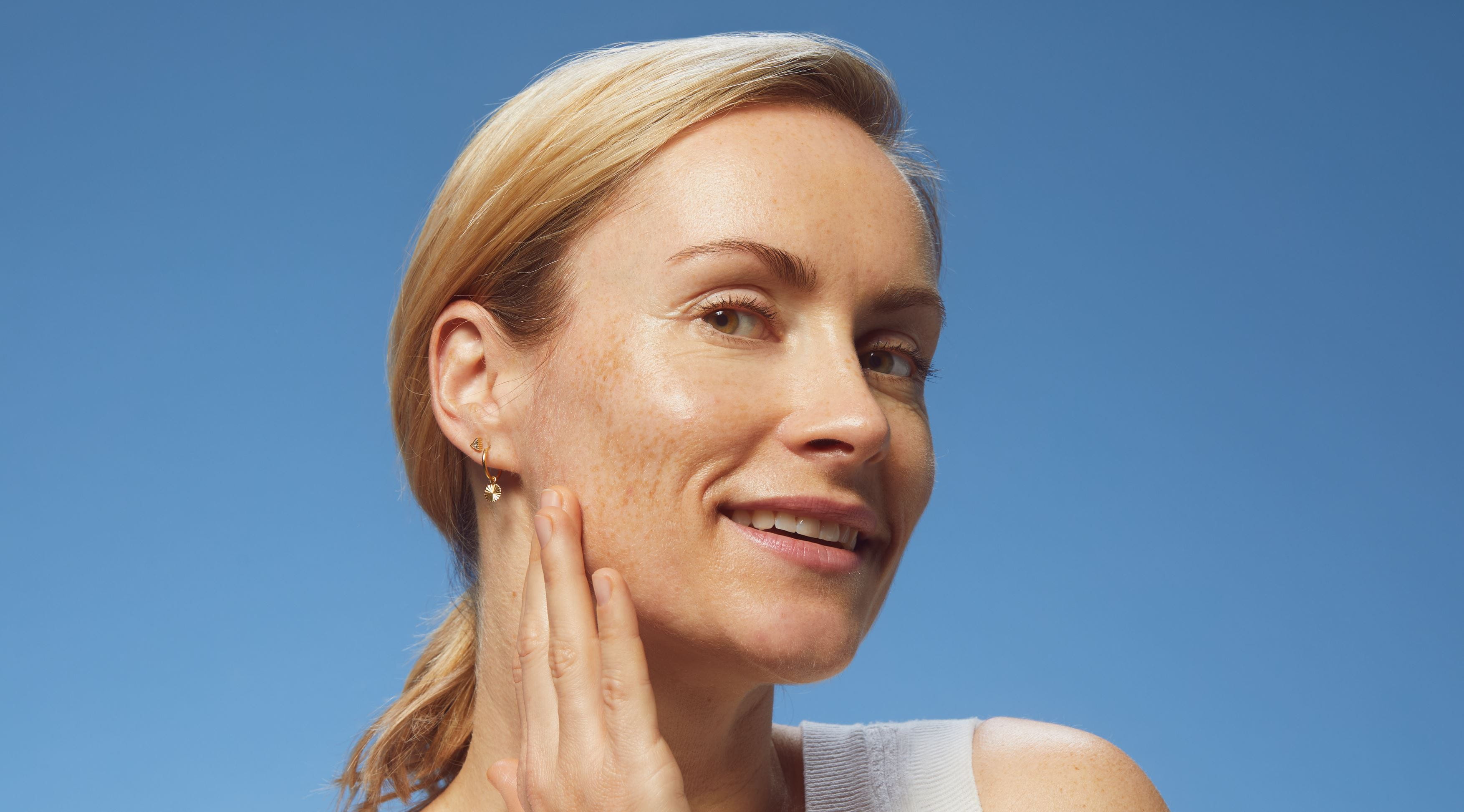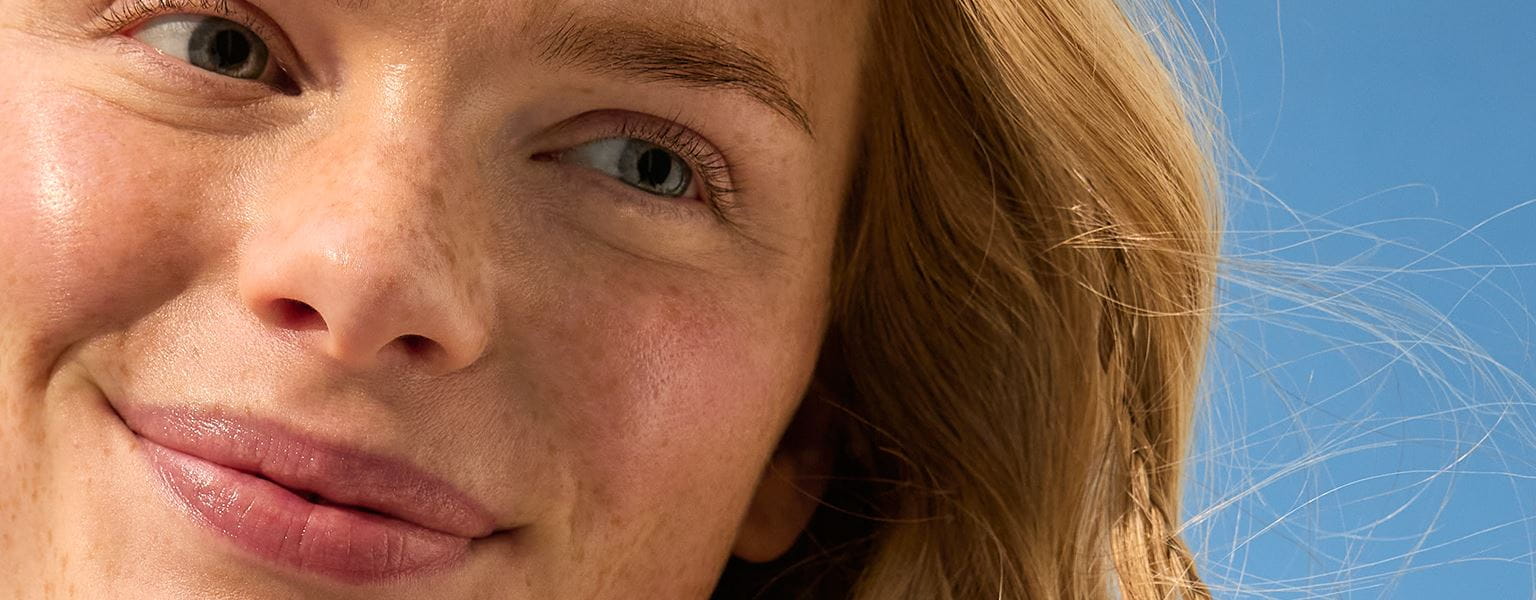
What is the UV Index Today?
What does the UV Index mean and what is the UV Index today? Use our UV calculator to find out, along with learning how to protect your skin today.
What is the UV Index?
The UV index indicates the strength of solar UV radiation, considering factors like the sun’s position, ozone layer thickness, cloud cover, and elevation. Ranging from 0 (low) to 11+ (extreme) the scale helps determine the necessary level of sun protection.
A higher UV index means stronger UV rays and a greater risk of skin damage, making sun protection more crucial. Here’s what each level signifies:
What Is the UV Index Today: Search Local UV Index
The UV Index is updated daily to guide the intensity of the sun’s UV rays in your area. A higher number indicates stronger rays. Check today’s UV Index for your region and take appropriate measures to protect yourself while outdoors.
YOUR UV INDEX IS [uvIndex]
YOUR UV INDEX IS [uvIndex]
YOUR UV INDEX IS [uvIndex]
YOUR UV INDEX IS [uvIndex]
YOUR UV INDEX IS [uvIndex]
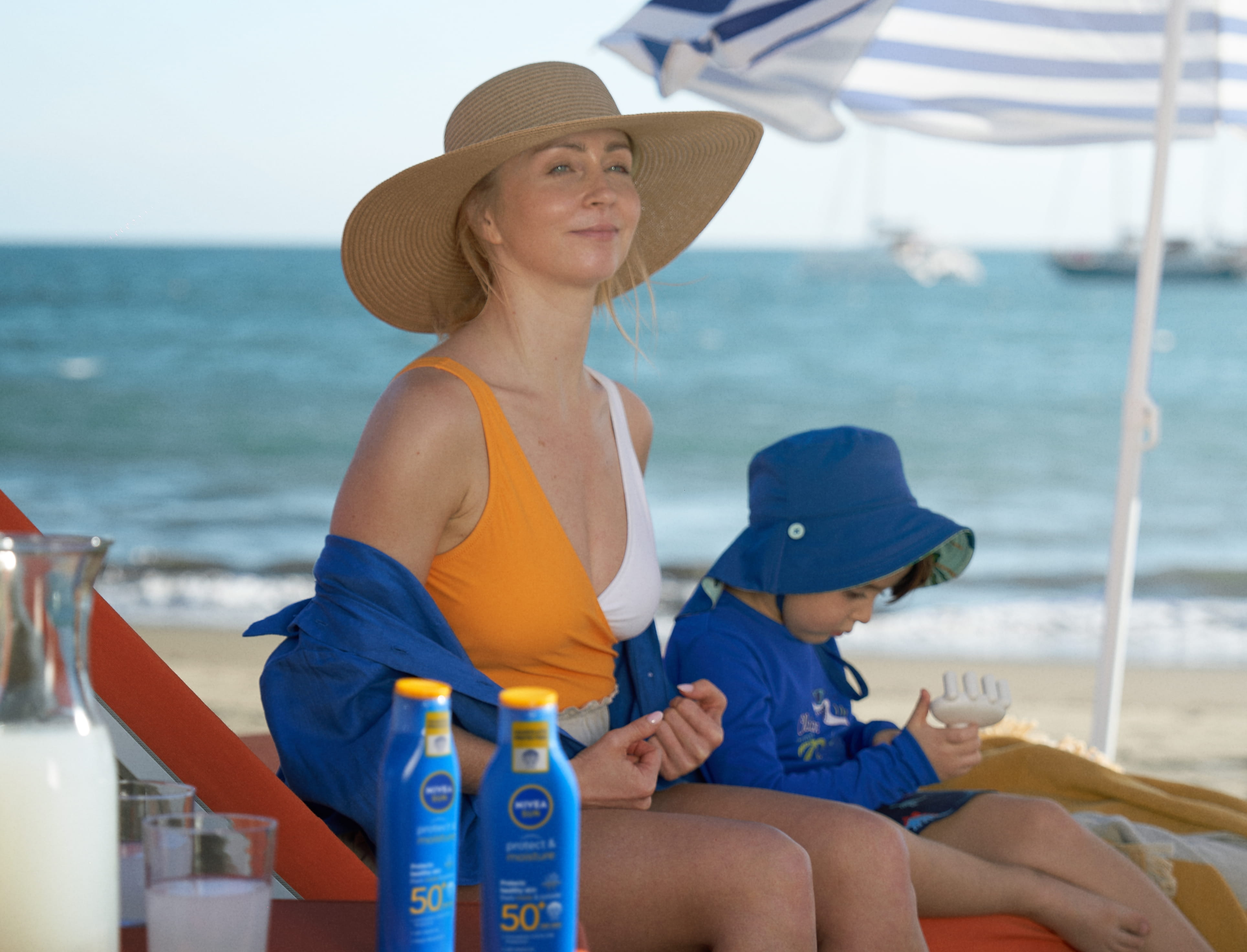
UV Index

What is a UV Ray?
A UV ray is a form of electromagnetic radiation emitted by the sun. Whilst invisible to the naked eye, a UV ray significantly affects the skin, causing tanning, sunburn, and other changes. Protecting your skin begins with understanding the effect of the UV ray, using sunscreen effectively, and leveraging the UV index to make informed choices for safe sun exposure.
Types of UV Rays
UVA Rays:
These penetrate deep into the skin, that could cause long-term skin damage such as photoageing or premature ageing.
UVB Rays:
These are the primary cause of sunburn and play a significant role in skin condition development, such as skin cancers.
UVC Rays:
The ozone layer filters out almost all UVC light, so it does not reach the Earth's surface, this is why sunscreen does not need to protect us against it.
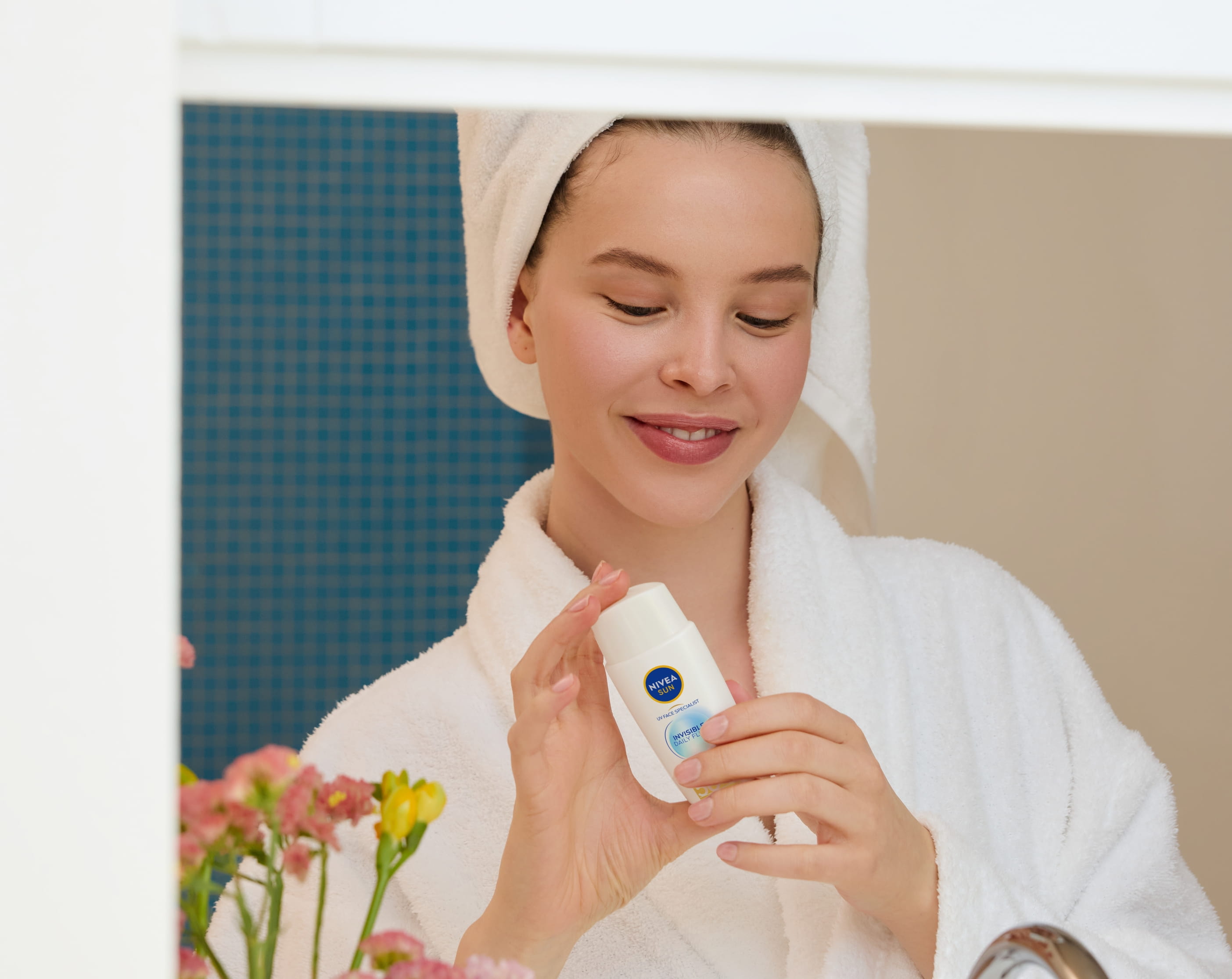
Sun Protection for Children and Babies
It is crucial to emphasise that skin protection is essential for vulnerable groups like children and babies throughout the year. Their skin is more delicate and susceptible to damage from UV radiation. To protect them:


